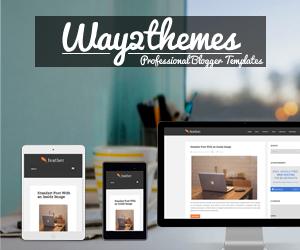What different forms of marketing do we see?
In 2016 both artists and record labels were forced to create multiple creative ways to grab their share of world dominant attention, deliberately blurring the lines between music, art and videos.An example of the most popular music marketing’s new approach is perfectly shown by Beyoncé. The release of the American R&Bs ‘visual album’ ‘Lemonade’ in April created a huge affect to its global audience, moving a step forwards in the eye of music and music videos along with each song carrying a message. Beyoncé first teased the idea of new music a few months before the actual release, which she performed during the Super Bowl half-time show the same month.
When ‘Lemonade’ finally dropped it was just as creative as the build up promised – a new ideas; a visual album consisting of a chain of videos linked by poetry. Once the hour-long screening finished the album was made available on a website called Tidal, a streaming service backed by Beyoncé’s husband Jay Z.
It was in 1997 that Microsoft incorporated digital music (MP3) support into its Windows Media Player, allowing the users to listen to music. Again, in 1999 Napster was created to swap and distribute music globally, an act that increased the popularity of MP3s to millions of the public.
It was then in 2001 when the first ipod was released and hitting the music industry with the amazing revolution.
In an article written in the 'Entrepreneur' the writer argues that they believe the music industry was also changed in 2006, when Mellencamp became one of the first major record stars to record a song specifically for a major corporation, because this act didn't revolutionise the technology supporting the stream of music but allowed the musicians the acknowledgement that the music industry has changed.
1. Leverage influencers
This strategy is one that musicians are popularly adopting to become advocates for their own music and company. The musicians generate a large social-media following to allow them the engage and reach out to their fans on a more personal level; something that will improve ticket selling for concerts, mechanise, collabs x music.
2. Place products
Musicians attitudes within their industry have had to change due to the increasing popularity of online streaming. This strategy is to decrease the amount of illegal downloading or copying of their music or being streamed on music services such as Spotify or Pandora. By selling their music through their own website or itunes, the artists can create a better and more personalised experience for their consumers.
The term 'place product' describes the other creative ideas in which an artist can promote their music, this is commonly done through TV commercials or adverts along with collabing with another brand to gain more attention.
3. Consider podcasts
This strategy is more popular for an artist who is interested in maximising their audience numbers and the distribution of their channel/music. Although a controversy, artists aim to distribute their music through the Internet to promote themselves to gather a bigger and wider audience. By working alongside Spotify or Pandora an artist will have more of a chance of being found and listened to on the Internet websites (although there would be less money coming in as the website provides the music to be streamed for free)
.png)